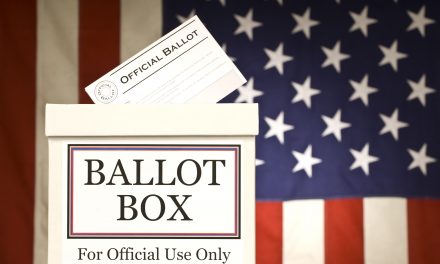
BCBS Sends 59 Modifier Letter

Editor’s Note: This information came out prior to the 2017-2019 “claims edit process” problems with the -59 modifier. Although this information contained in this article is accurate, informative, and still correct, it is not a cure for the “claims edit process” problems the profession is facing currently.
The Special Investigations Department of Blue Cross Blue Shield of Illinois (BCBSIL) recently sent some providers a letter regarding CPT 59 modifier. The letter informs the provider that he or she has been identified as “utilizing modifier 59 at least 50% with the following…therapeutic codes 97110, 97112, 97113, 97116, 97124, 97139, 97140, 97150, 97530, 97532, 97533 and 97535.” The letter cites the average modifier 59 usage with therapy codes as 18.37%.
It is important to note that the letter does NOT indicate that the recipient providers have been using the modifier inappropriately, only that the providers have exceeded 50% and above the average of other providers. Additionally, the letter does not specifically request information or additional contact from the provider.
BCBSIL’s letter goes on to cite the CPT Codebook’s instructions for modifier 59 usage:
59 Distinct Procedural Service: Under certain circumstances, it may be necessary to indicate that a procedure or service was distinct or independent from other non-E/M services performed on the same day. Modifier 59 is used to identify procedures/services, other than E/M services, that are not normally reported together but are appropriate under the circumstances. Documentation must support a different session, different procedure or surgery, different site or organ system, separate incision/excision, separate lesion, or separate injury (or area of injury in extensive injuries) not ordinarily encountered or performed on the same day by the same individual. However, when another already established modifier is appropriate it should be used rather than modifier 59. Only if no more descriptive modifier is available, and the use of modified 59 best explains the circumstances, should modifier 59 be used.
BCBSIL adds that documentation in the patient record must support that the patient’s symptom, problem or condition warranted the use of the 59 modifier. Additionally, most health plans require the therapy be performed on a separate region to warrant the use of a 59 modifier. For more information regarding the appropriate use of the 59 modifier, please see this article.
Red Flags
The ICS has long informed members to be aware that payers typically do not reimburse separately for chiropractic manipulation therapy and therapeutic procedures in the same region on the same date. Increased use of the 59 modifier can be a “red flag” resulting in post-payment audits. However, the CPT Codebook neither defines the term “site” nor what is considered a “different site.” The ICS does not accept the underlying premise held by most health plans and Medicare; i.e., that it is never appropriate to perform manipulation of bony structures and soft tissue therapy in the same areas. The ICS believes both may be indicated as different procedures performed on different bodily structures in the same area. Nonetheless, private carriers have adopted Medicare guidelines and allow a 59 modifier only on a separate region.
If you received a letter, here are some steps to take:
- Review your documentation to ensure that your notes fully support the medical necessity of each of the services that you are performing (including those therapeutic services with a -59 modifier). See the note below for resources.
- Make sure you have a fully documented treatment plan and appropriate examinations (both initial and re-examinations).
- Document the start time and finish time for all timed codes, as simply indicating the number of units is not enough.
Members are also reminded that effective April 20, 2015, BCBSIL began recognizing 4 new modifiers (effective on January 1, 2015, for Medicare) to be used to replace modifier 59 submitted with CPT/HCPCS codes.
The new modifiers are:
XE – Separate Encounter, a Service that is Distinct because it occurred during a Separate Encounter
XS – Separate structure, a Service that is Distinct because it was performed on a Separate Organ/Structure
XP – Separate Practitioner, a Service that is Distinct because it was performed by a different Practitioner
XU – Unusual Non-Overlapping Service, the Use of a service that is Distinct because it does not overlap Usual Components of the Main Service.
When the ICS notified members of this revision in 2015, we noted that Medicare reported the 59 modifier to be one of the most frequently misused coding modifiers and that it is only to be used as a “last resort.” We also noted that we expected other carriers would follow suit in adopting the revised “X” codes. In light of the attention given to these modifiers by CMS, as well as BCBSIL, ICS members are advised that usage of such modifiers over the average usage may invite scrutiny by payers.

















